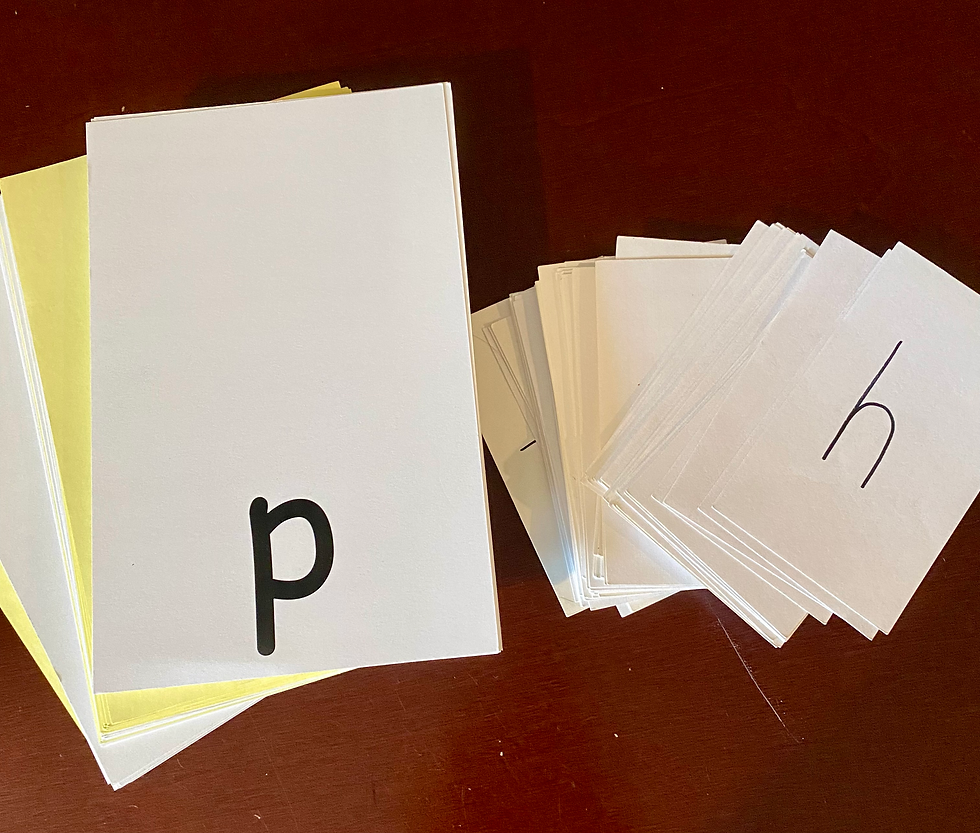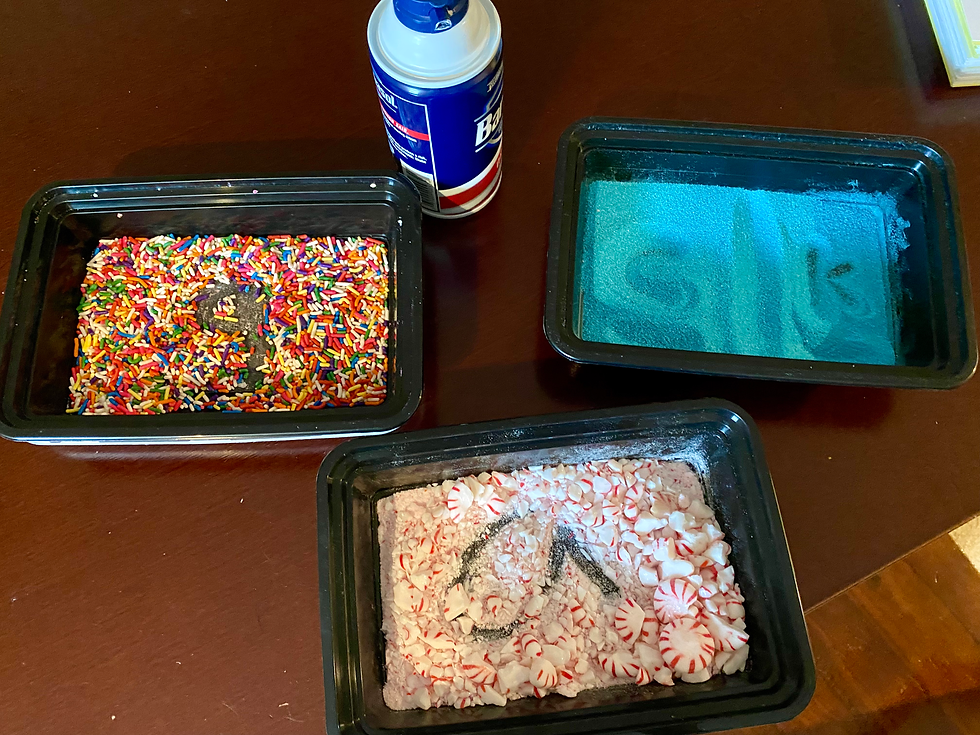The Orton Gillingham Three-Part Drill
- Jessica Reed
- Jan 24, 2024
- 3 min read
Quick and Easy Way to Review Concepts Taught in the Science of Reading

The Orton Gillingham Three-Part Drill
The Three-Part Drill is a three-step process for reviewing previously taught sounds and skills. This drill is often used in Orton Gillingham and Structured Literacy lessons. This drill can be incorporated whole class, in small groups, or 1-1. The three parts (visual, auditory, and blending) are multi-sensory and can be done with some variation.
The Three-Part Drill should take about 10-15 minutes and be included at the beginning of each session. It should only include graphemes previously taught. It is important to maintain consistency with the steps of the drill.
I use this drill in all of my tutoring sessions. There are many ways to differentiate it to keep student interest from week to week. The repetition of previously taught sounds and skills combined with the multi-sensory instruction helps students with reading automaticity.
Visual Drill
Builds automaticity through repeating the sound/symbol relationship.
Only concepts that have been taught.

In this part of the drill, the teacher will hold up grapheme cards for students to say the corresponding sound. Students build automaticity through repeating sounds. If students do not know the sound, place it back into the daily pack to be repeated. As each new sound is taught it can be added to the card pack. There should be no sounds in the pack that have not been directly taught in a previous session. Once students have mastered a sound, it can be removed from daily review, but should still be brought into the pack regularly. Vowel sounds should never be removed.
Variation Idea:
Have students say sounds in different voices (fast/slow, loud/quiet, etc).
Auditory Drill
Students spell the sounds they hear.
Only sounds that have been previously taught.
Write the grapheme representing the sound that was heard.

In this part of the drill, the teacher will say a previously taught sound and students will write the sound down. This is often done in sand but can be done in other mediums. Students should start by saying the name of the grapheme and then the sound while they write the grapheme while underlining from left to right.
For example:
Teacher: /b/
Student: b (writes b and underlines from left to right) b says /b/
Variation Ideas:
Use different mediums including (but not limited to) shaving cream, play dough, rice, sandpaper, sprinkles (a student favorite)
Blending Drill
Real or pseudo-words presented will be a combination of previously taught sounds.
Students segment the sounds they see, then read the whole word.

In this part of the drill, students will blend real and pseudo-words made entirely of previously taught sounds. Cards are laid out in a beginning-middle-ending sound format. Students either segment each part and then read all together or just read together. After reading the word, students can discuss if it is a real or pseudo-word and real word definitions.
User Tip: Use your visual drill cards to create the blending piles. As students identify the sound on the card place cards into the three piles based on their word placement (beginning sounds, middle sounds, ending sounds). Some letters can go in multiple piles, so just choose where to put them.
Variation Ideas:
Have students place the sound cards in the correct pile. Students will then have to determine where is the correct placement for sounds (great for letters that have specific placements)
Add movement- Have students tap different parts of the body or pound on play dough for each sound
Consistency is Key
The Orton Gillingham three-part drill can be one of the most instrumental parts of your reading block if done consistently. It should only take 10-15 minutes and be done every session before teaching a new skill. It can be a good way to determine if any sounds need to be re-taught as well. The drill can get monotonous for students if solely done as stated above. Make sure to add variation and make it fun! If you'd like to know more about the Three-Part Drill or how I implement it into all tutoring sessions, please reach out on the Teacher2Tutor website!
*Please note that while I am a trained IMSE Orton Gillingham Teacher I am not a certified IMSE Trainer. The information in this blog is based on my experiences and is in no way a formal teaching of the Three-Part Drill or any part of the IMSE OG program. Products shown in pictures are from IMSE and can be purchased through the IMSE website.


Comments